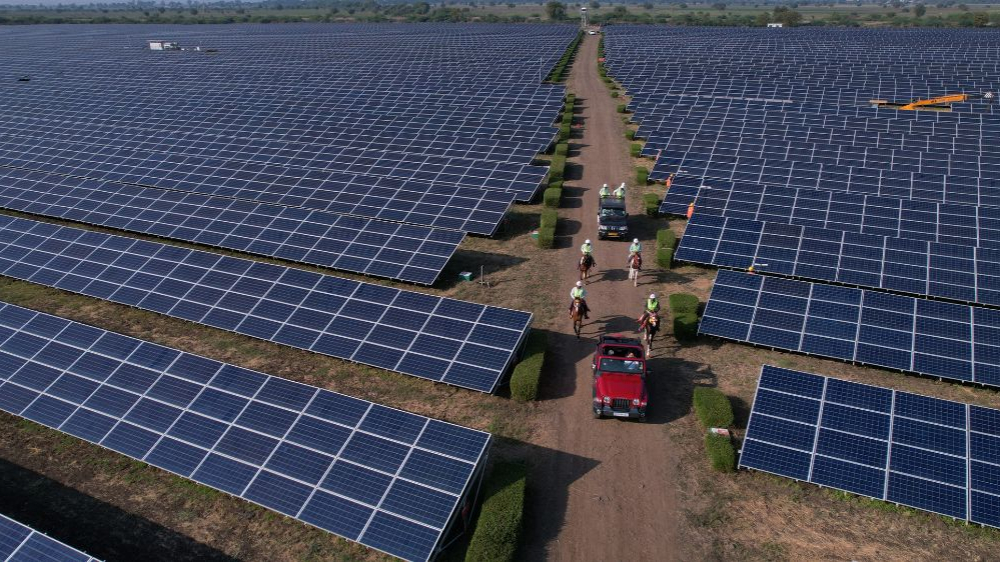Captive solar now supports a large part of industrial power needs in India. It works behind the scenes. It keeps plants running during fluctuations in the grid. It helps businesses control power costs over time. Owners care about long term reliability more than appearance. A plant that looks perfect on day one can still underperform for decades if built without care.
Choosing the best solar EPC company decides how well a captive power plant will work. The design must fit the load profile of the factory. The execution must protect output for many years. Missing either part affects the return on the system.
Understanding Captive is First Principle
A captive power plant exists to support a business. Any break in power affects production and bottom line. EPC teams must study actual energy use inside the facility. They track demand hour by hour. They check weekday and weekend patterns. They account for seasonal change.
Many projects skip this work. They look at sanctioned load and assume that is enough. That leads to the wrong plant size. Performance then suffers every month.
Good practice begins with proper load mapping. It keeps the system from being too large or too small. It helps the plant match consumption without waste.
Engineering Built for Lifetime Output
Solar assets face dust, heat, humidity and heavy rain. They sit in harsh environments year after year. Panels have no moving parts but everything around them can fail if ignored.
The best solar EPC company focuses on small engineering details that protect generation. Good cable routing. Good inverter placement to avoid heat issues. Strong structures that handle wind and soil changes. Drainage that prevents water from reaching foundations.
These details rarely appear in a sales proposal. They prevent output decline that would grow larger every year.
I have seen rooftop plants that looked fine but produced less because the mounting blocked natural airflow under the modules. Panels ran hot. Performance dropped quietly. Proper design prevents this from the start.
Procurement Without Compromise
A captive plant should deliver predictable output. High quality modules and inverters protect the investment. Tier 1 modules degrade slower. They come with warranties that mean something when support is needed.
Industrial loads can change quickly. Some processes create harmonics. Others spike demand without warning. Inverters must handle that behavior. Communication features should help monitoring, not limit it.
Safety hardware needs the same attention. Fuses must handle heat. Surge protection must match real risk. Breakers must operate correctly for the full life of the plant.
The best solar EPC company does not cut costs on these decisions. Procurement reflects long term thinking.
Execution Culture is Everything
Construction quality decides how long the plant performs without trouble. Workers must follow checks on every connection and support. A daily plan is important. The team must test each string before closing work.
Small errors often cause the largest losses. Loose cable lugs heat up every day. Weak foundations shift over time. Poor cleaning access slows maintenance.
Good EPC firms document every inspection. They share progress and quality records with owners. Execution becomes visible. This builds trust and avoids disputes later.
Digital Monitoring as Standard Practice
A captive project depends on strong performance. Underperformance forces the business to rely more on grid power. The owner loses the value they expected.
Monitoring should track output from each inverter and string. Data shows drops within hours. Maintenance teams can act before losses grow. Predictive alerts help avoid sudden shutdowns.
The best solar EPC company treats digital access as essential. They train the facility team to read data and respond. They make sure the monitoring system stays active across the full life of the plant.
Policy Knowledge Matters More Than Most Assume
Regulations change across India. Open access rules shift. Banking rules shift. Charges can change without much notice.
A captive power plant must meet equity and compliance rules to keep benefits. EPC companies must explain these issues in simple terms. They should help with approvals and paperwork. They should plan for future policy changes with caution.
A partner who cannot guide the owner through regulations increases risk from day one.
Performance Guarantees That Actually Mean Something
The easiest way to test confidence is through performance guarantees. Some EPC providers offer strong guarantees and accept penalties for failure. They commit to uptime and performance ratio. They track results with clear reports.
This aligns interest with the owner. When the plant performs well, both sides benefit. When the plant fails, the EPC provider takes responsibility.
Working with companies that offer meaningful guarantees signals higher commitment to quality.
A Final Thought That Matters
Solar output is predictable. Sunlight in India is stable. Underperformance usually comes from avoidable choices. Engineering shortcuts. Poor load planning. Weak monitoring. Limited maintenance.
Benchmarking EPC practices protects the owner’s investment. Captive plants work best when complexity stays with the EPC partner and operation stays simple for the industrial user.
Long term energy independence depends on careful design and execution. When EPC companies respect that responsibility, captive solar remains reliable and cost efficient for many years.
Benchmarking the Best Solar EPC Company Practices for Captive Power Plant Implementation

- Vihaan12
- Oct 29, 2025 ·








